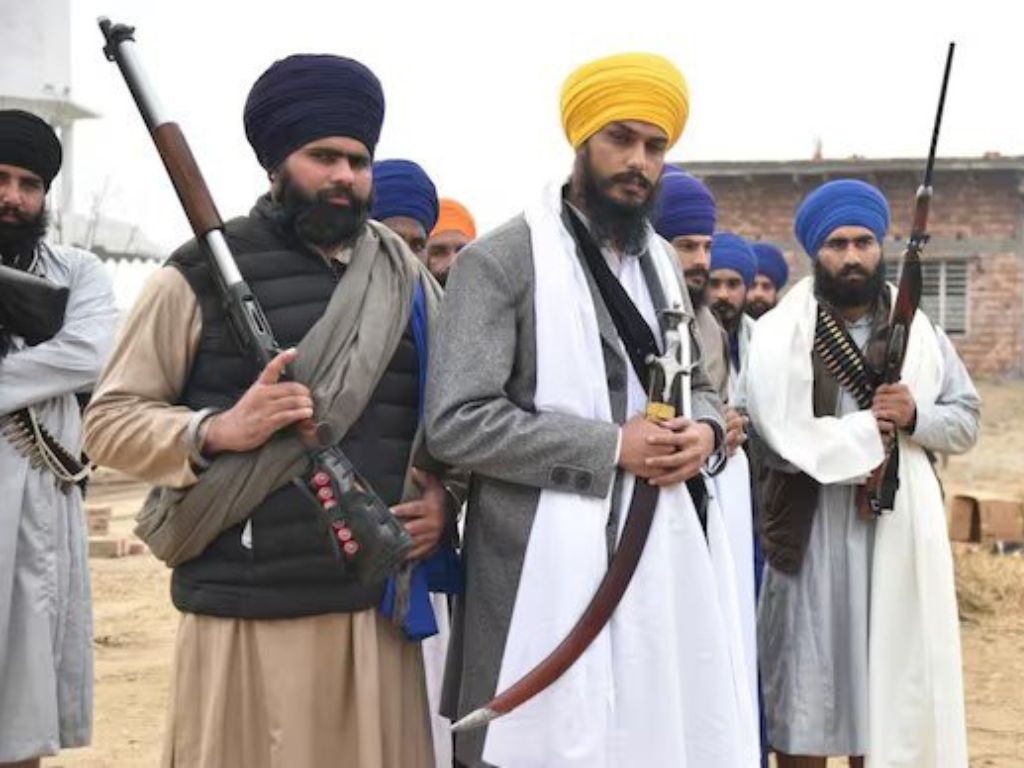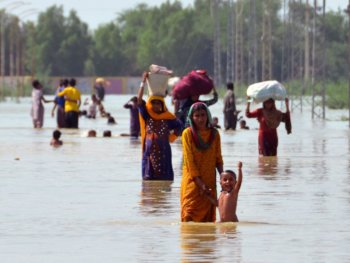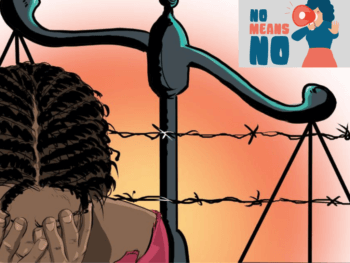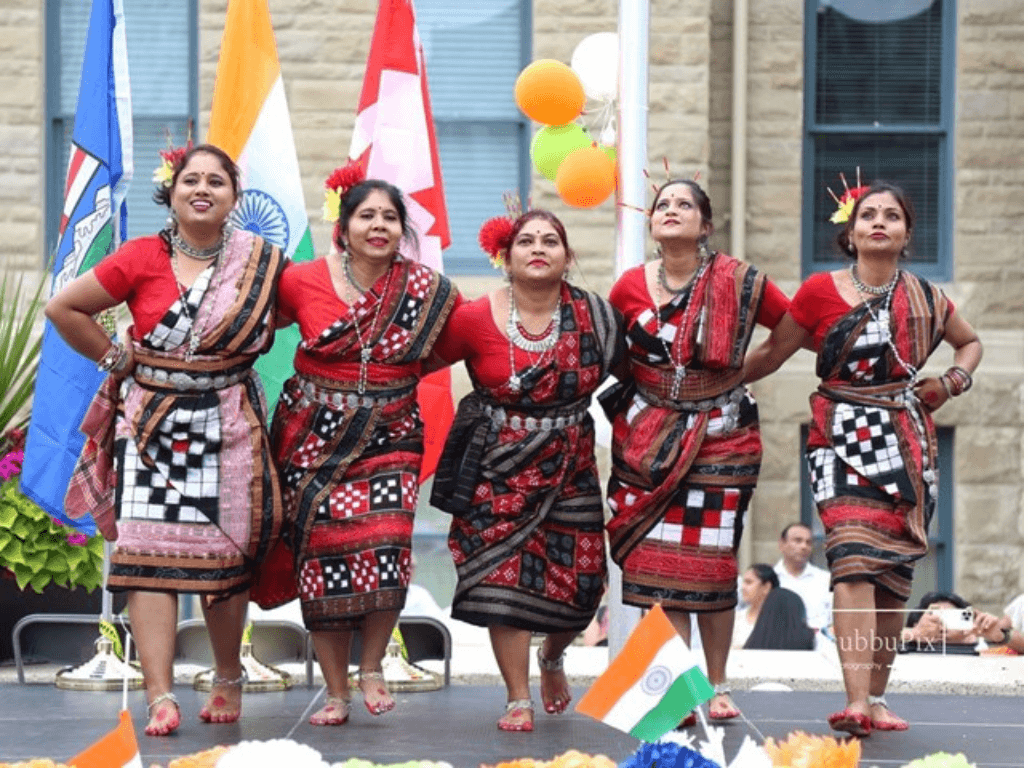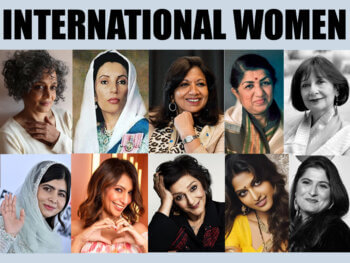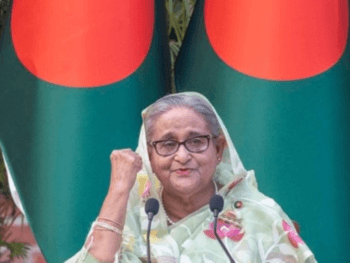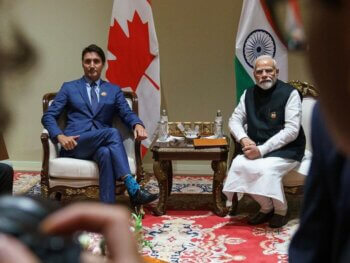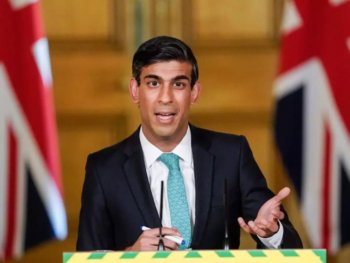The manhunt for self-proclaimed Khalistani leader Amritpal Singh has captivated India and the globe. During the ongoing search for Singh, Indian authorities managed to shut down the internet, while concerned citizens have cried out about various civil and human rights violations that have taken place. Who is Amritpal Singh and why is this becoming such a polarizing issue in Punjab and among the global Sikh community? We break it all down here.
Who is Amritpal Singh?
Amritpal Singh has quickly become a household name, especially given the current situation in the Punjab region of India.
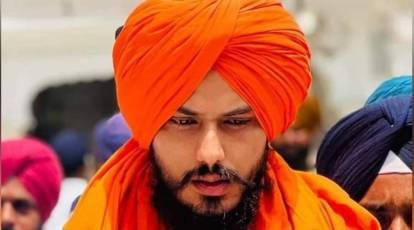
If you’re unsure of who Singh is though, here’s everything you need to know:
Singh is the leader of the Waris Punjab De group, which is seeking to create “…a new country called Khalistan to include parts of India and Pakistan with Lahore as its capital… for those of Sikh faith in India’s northern Punjab region,” according to Evening Standard. This desire to form a separate country began in the ’80s.
Singh had been living and working in Dubai for some time where he continued to stay in touch with the Khalistan movement online. However, after the previous head, Deep Sidhu, of the group passed away Singh made his return “…to India last September to become the leader of the Waris Punjab De front,” notes Evening Standard.
Since taking over, Singh has gained a lot of support, but “…the unrest currently created in Punjab has invoked memories of the 1980s uprising. He has been accused of brainwashing young people and raising his own army… [contributing] …to his fugitive status in India,” notes Evening Standard. For example, Singh has delivered fiery talks that clap back “…against rising Hindu nationalism sentiments under the Modi administration and social issues like rampant drug addiction in Punjab,” according to Time. Speeches like these are credited to have inspired attacks by his followers, such as the one where a gurdwara was destroyed.
Needless to say, Singh has quickly settled into his role as the leader of the Waris Punjab De group and riled up a strong following, which may or may not be a positive thing, in terms of how change is brought about.
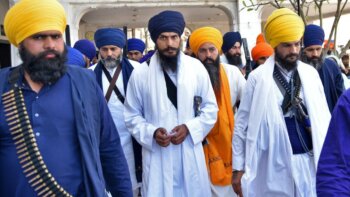
What Led To Singh Being On The Run?
Singh has been on the run since March 18, 2023, and continues to elude police efforts to capture him.
According to The Tribune, Singh and people in his group have been on police radars for some time for some serious crimes, including “…spreading disharmony among classes, attempt to murder, attack on police personnel and creating obstructions in the lawful discharge of duty by public servants.” However, The Tribune reports that Singh became a primary target of the police “…about three weeks after he and his supporters stormed into the Ajnala police station near Amritsar to secure the release of an arrested man,” which resulted in several policing employees being hurt.
The Tribune notes that Singh slipped away from officers “…in Jalandhar district on March 18, switching vehicles and changing appearances.” A car chase ensued between Singh and the police, who were rolling deep in about 100 cars, highlights The Tribune, and was captured on social media by an onlooker who backs Singh.
Since Singh’s escape, the police continue to engage in what can only be described as a last-ditch effort to smoke out their primary target, which grossly violates human rights. For instance, The Tribune explains that many members of the Waris Punjab De group were arrested “…under one of India’s harshest laws, the National Security Act.” As well, Time indicates that enforcement officers have “…preemptively arrested individuals who were “attempting to disturb law and order in Punjab.””
Why The Internet Ban?
It would appear that the internet ban, which impacted approximately 30 million users, was put in place for “…mobile internet and SMS services [by] the state government of Punjab, which is led by the opposition Aam Admi Party” to avoid having their plans to capture Singh be exposed, explains Time. However, what was supposed to last 24 hours continued on for much longer. The limitations on communication were justified with the purpose of “…prevent[ing] the spread of fake news, rumours, and misinformation on social media that they say could spark further violence,” reports Time.

Nonetheless, Time highlights that people are still showing support for Singh online, including his father who tweeted to request that “…all Punjabis “raise their voice against the injustice against him and stand with him.””
In addition to the limitations to telecommunication, Time describes that the governing Indian body, in a baffling move, asked that over 100 Twitter accounts be suspended, such as “…Canadian politicians Jagmeet Singh and his brother Gurratan Singh, the poet Rupi Kaur, civil society organizations such as United Sikhs and Khalra Mission, and U.S.-based author Pieter Friedrich.”
These types of restrictions are not uncommon in India, with approximately “…84… incidents in 2022” that have violated their ability to access information, “…free speech and digital rights,” notes Time.
What’s Next?
Since the wild chase for Singh began, people have lashed out across the world. For instance, Time reports that “…protests broke out in Canada, the U.S. the U.K., with Indian consulates in the cities of London and San Francisco vandalized by Singh’s supporters. In London, the Indian flag was torn down and replaced with the Khalistan emblem.”

These actions have since been denounced by various public servants, including Alex Ellis, the British High Commissioner to India.
That said, while Singh is still on the run, it remains to be seen what will happen next. However, the world is watching and taking note, and so it might be in the Indian government’s best interest to intervene or caution Punjab authorities to be mindful of its actions moving forward to avoid further protests and make the situation worse than it is.
Main Image Photo Credit: www.twitter.com
Devika Goberdhan | Features Editor - Fashion
Author
Devika (@goberdhan.devika) is an MA graduate who specialized in Political Science at York University. Her passion and research throughout her graduate studies pushed her to learn about and unpack hot button issues. Thus, since starting at ANOKHI in 2016, she has written extensively about many challe...


















































